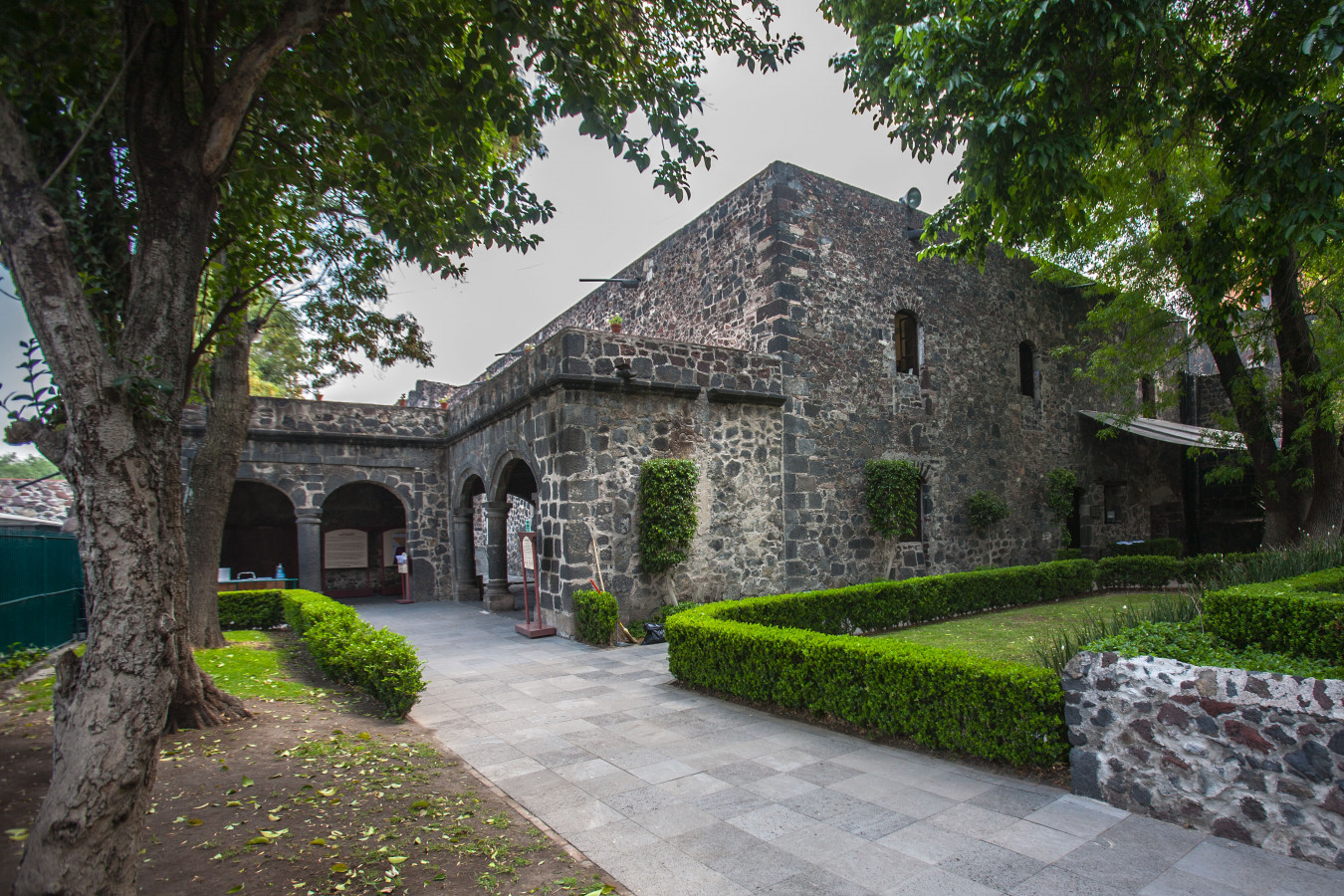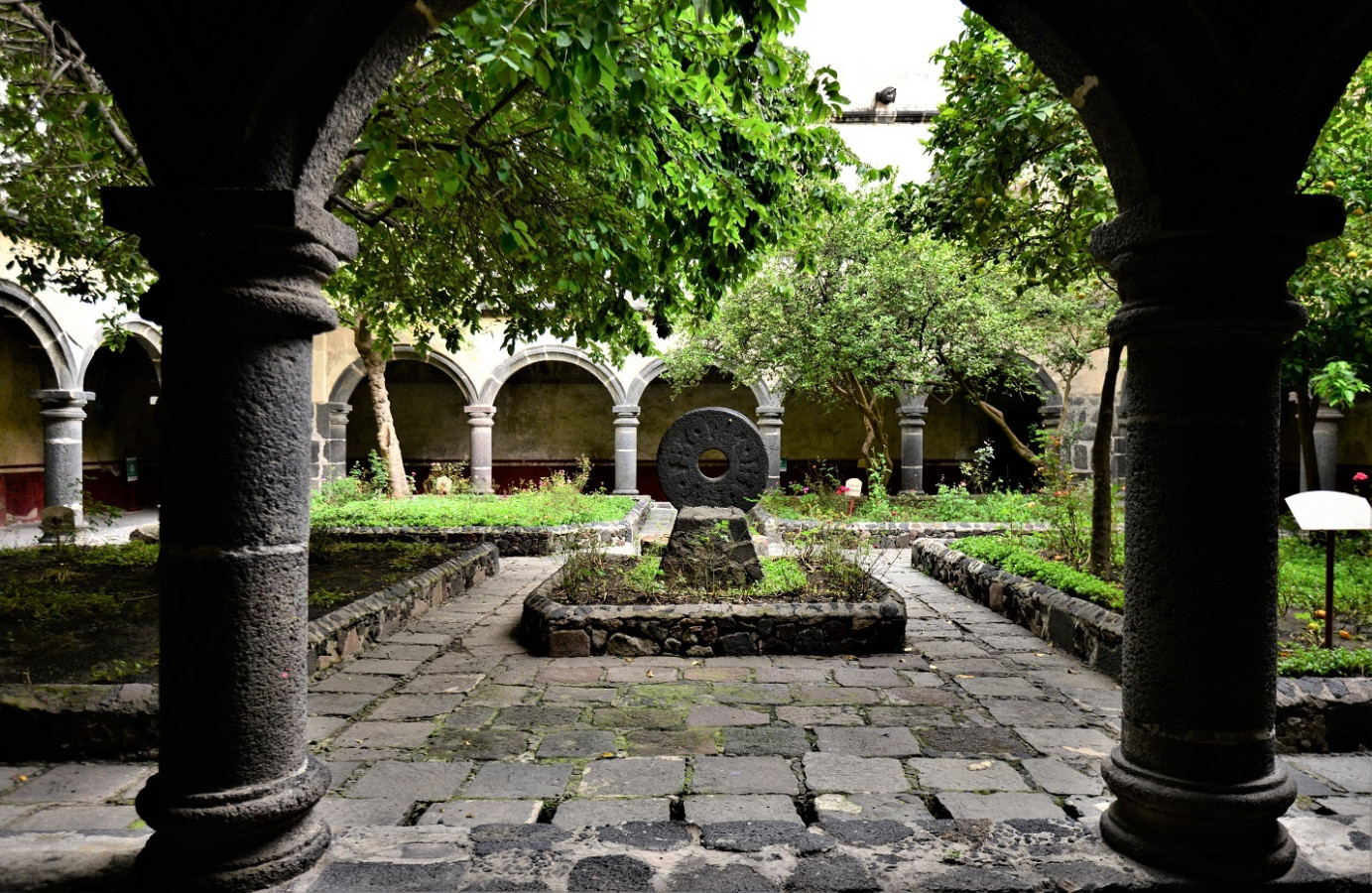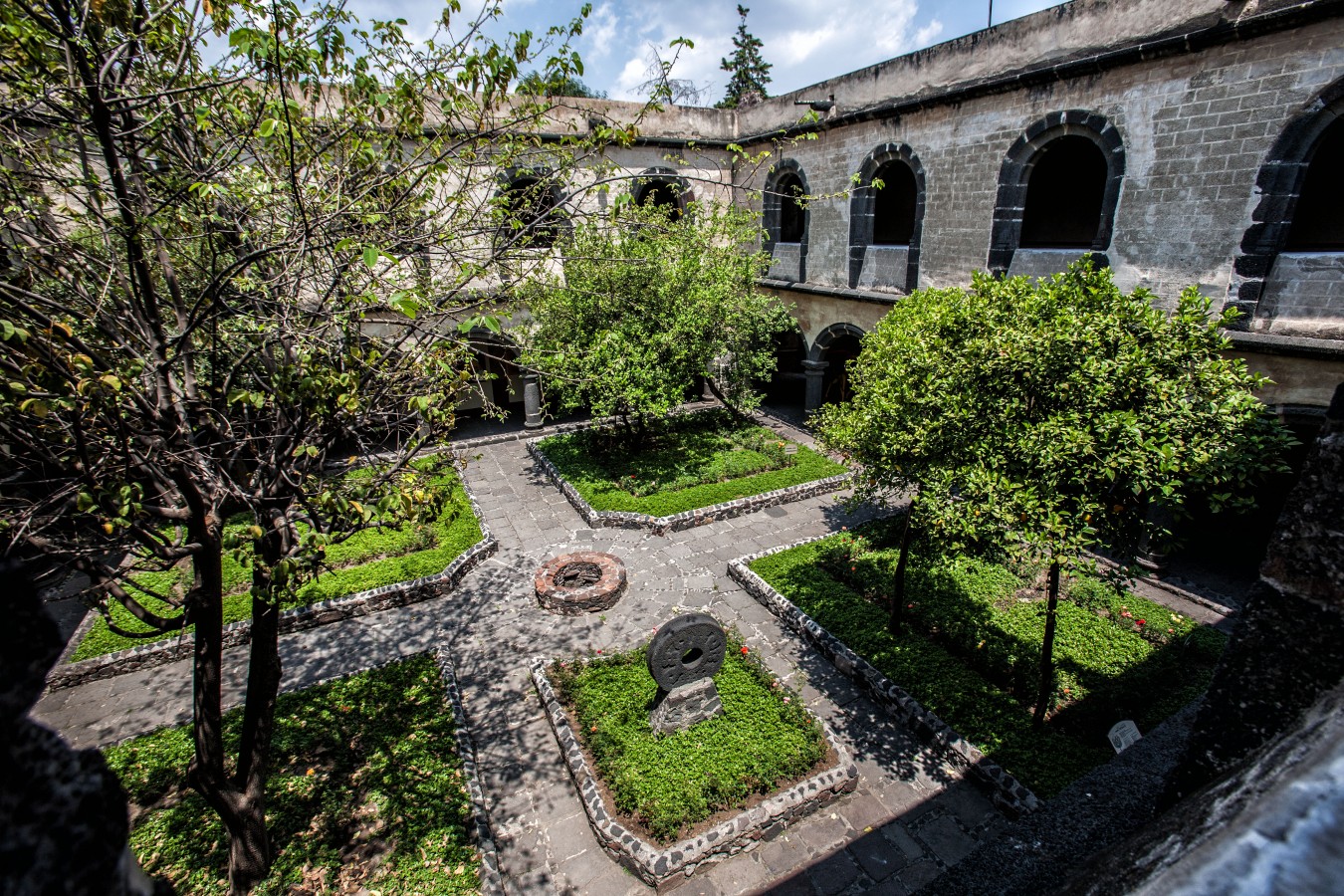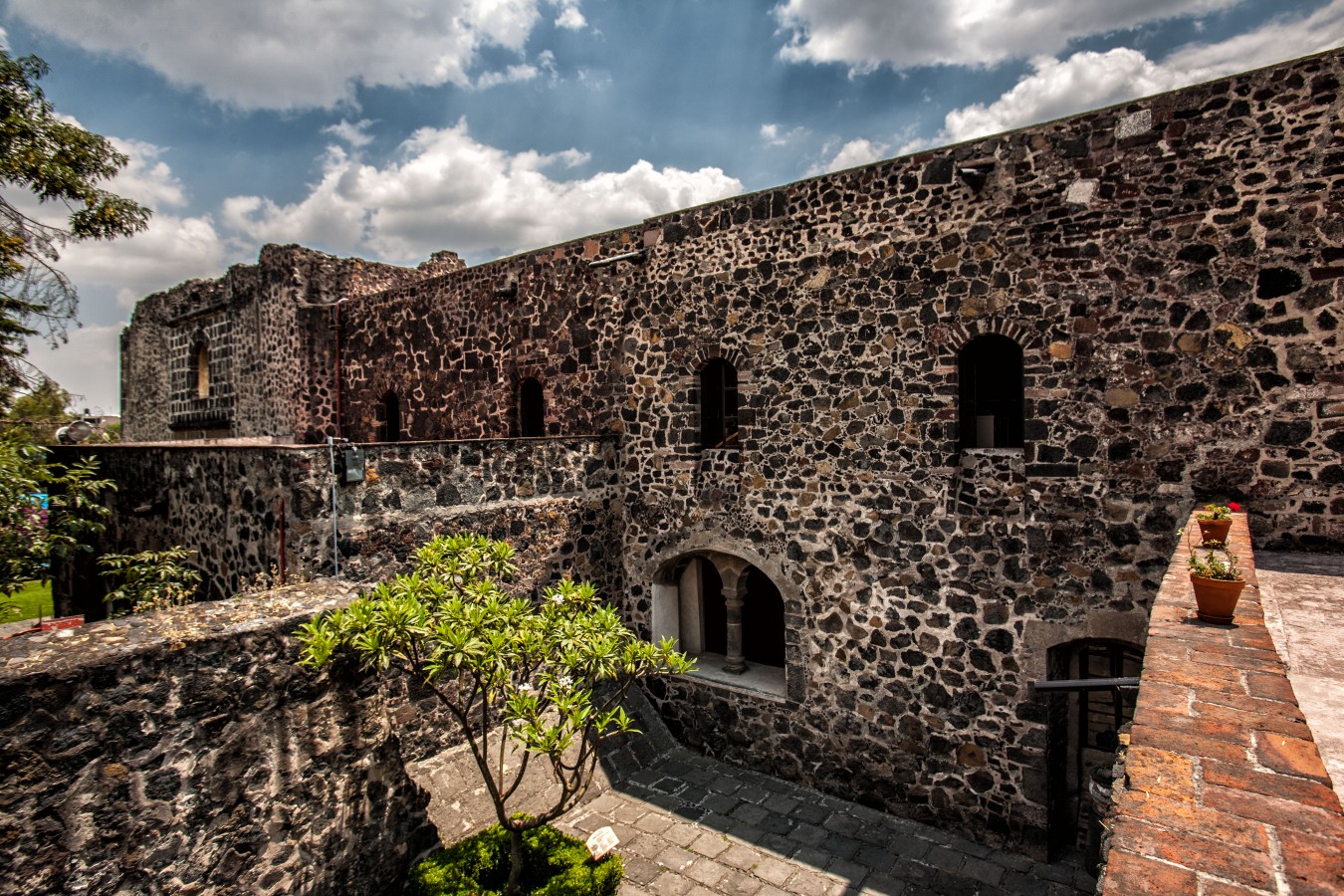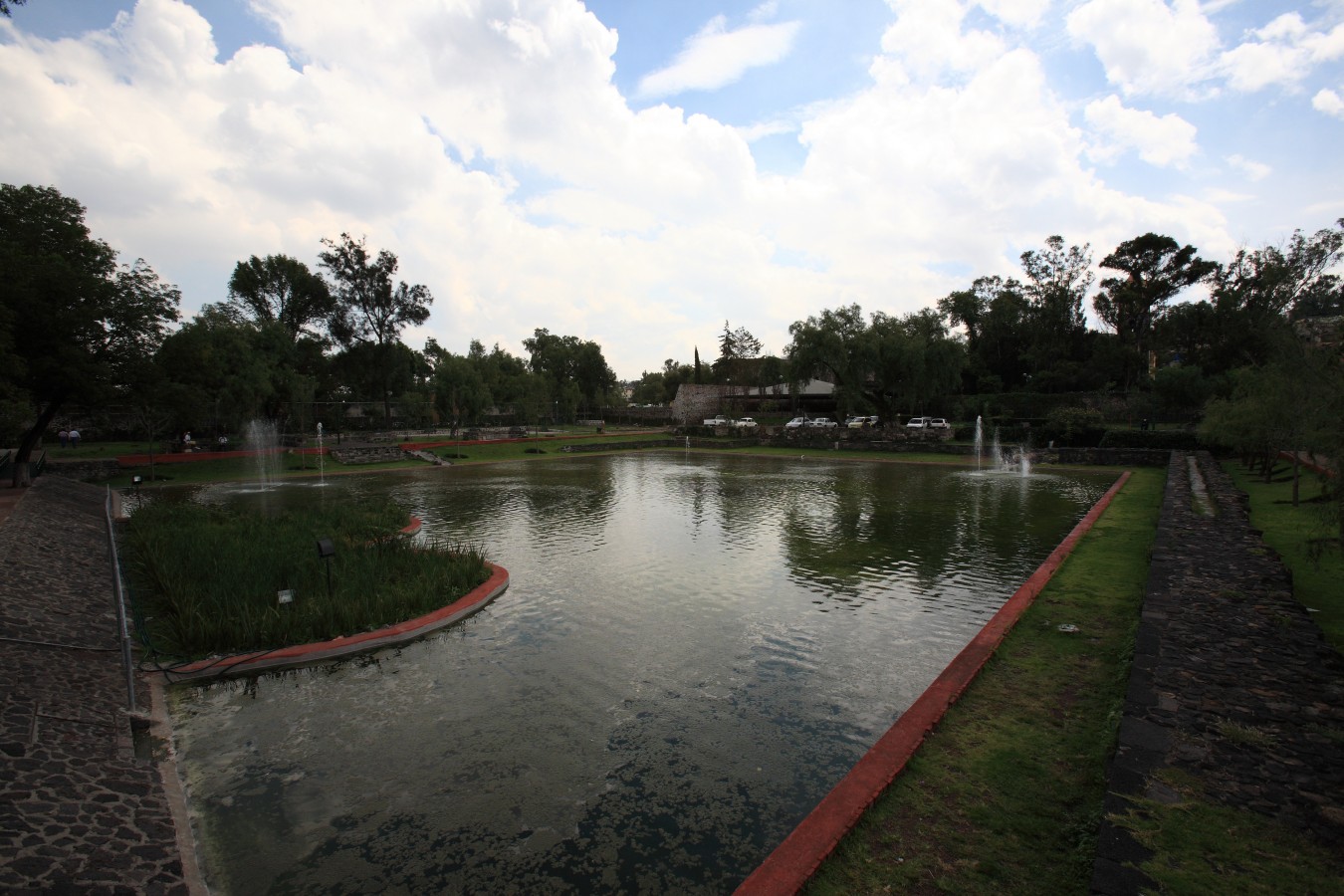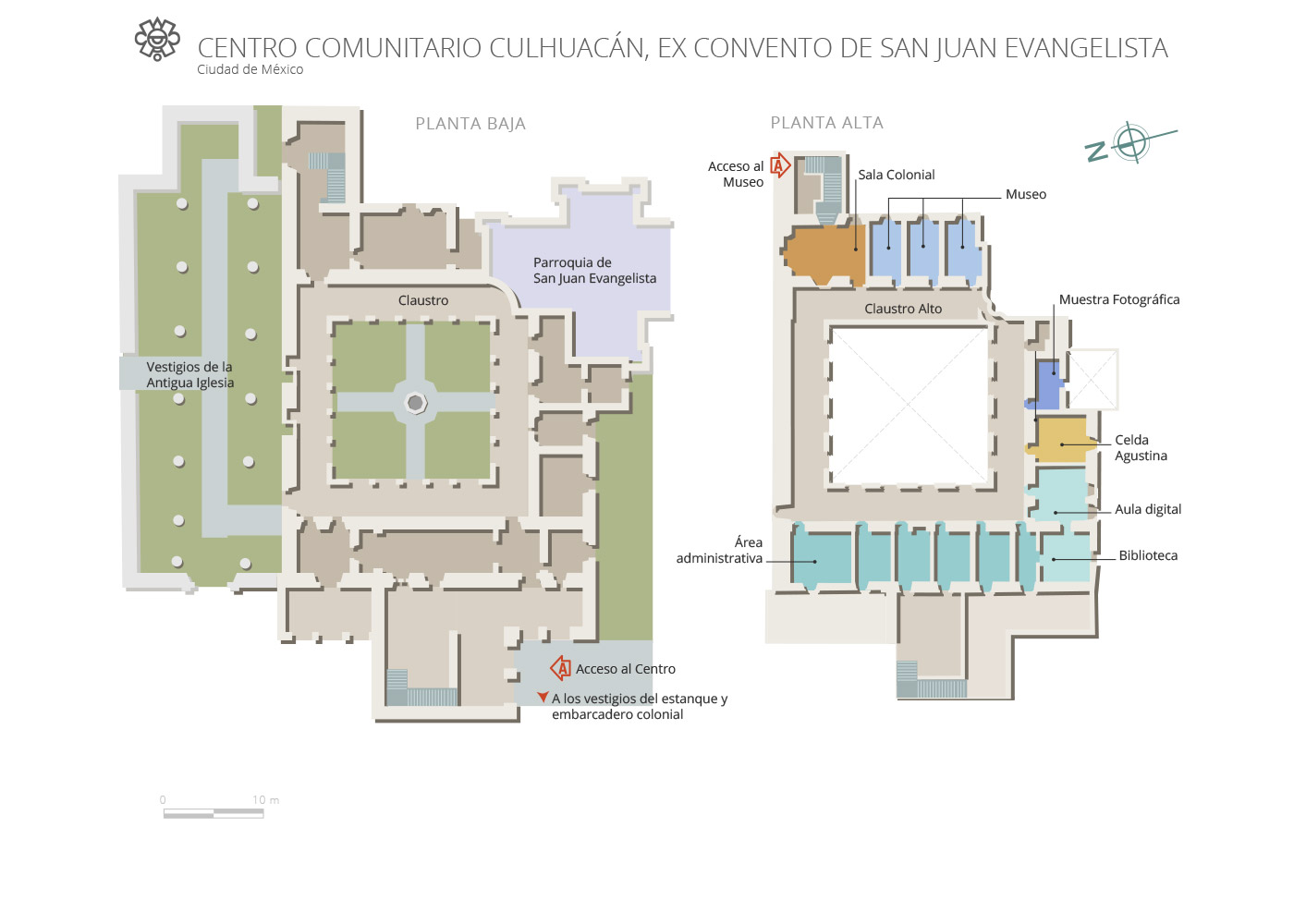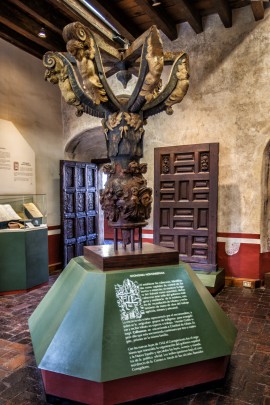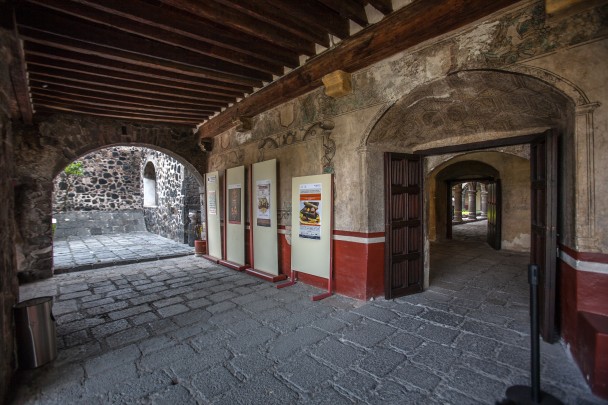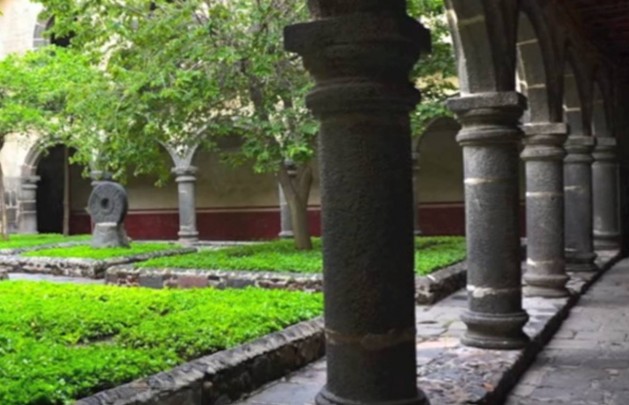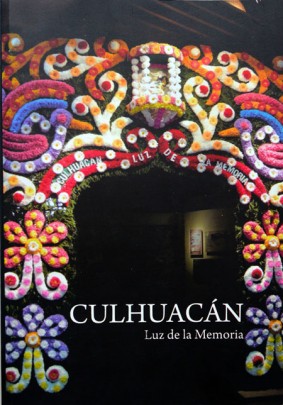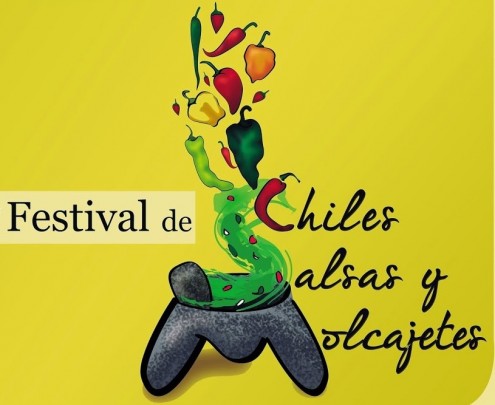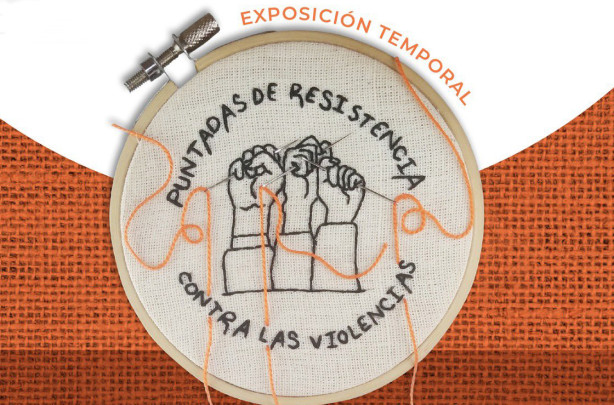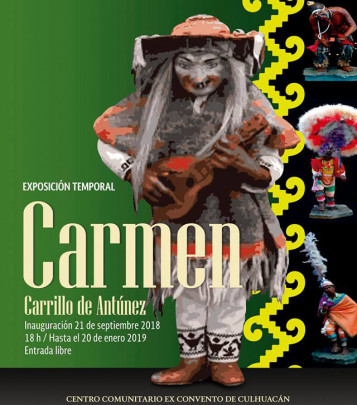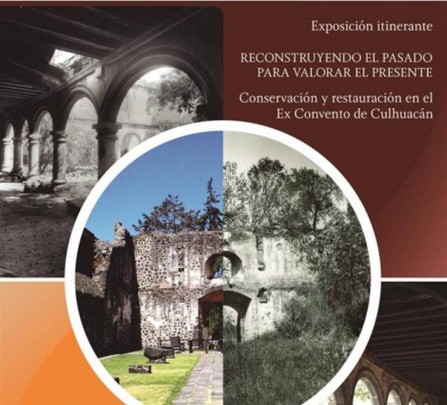Set in the heart of the Iztapalapa district, this Renaissance-style monastery is a veritable architectural jewel. The magnificent, two-story construction was built out of volcanic rock in 1562 as a the center for the Augustinian friars to carry out their evangelical work. It occupied a prime location on the western slopes of the Cerro de la Estrella (“Huizachtepetl” or “hill of the star”) and on the north shore of the Chalco-Xochimilco lake, on the site of Culhuacan, a pre-Hispanic settlement inhabited, according to archeological studies, between 600 and 800 AD.
The historic monument covers a total area of 2.6 acres and has corridors with frescos that reflect the skill of Culhuacan’s “tlacuilos” or painters; the images are largely well preserved and show scenes from the life of Christ, figures from the Augustinian and other religious orders, as well as episodes from the lives of some saints. The building continued to be used as a monastery until 1756, when the Spanish crown divested power from the religious orders. It was subsequently occupied as a parish church, as barracks for Emiliano Zapata’s troops, and as a local administrative center, among other uses. Later abandoned, it became seriously dilapidated until, in 1944, it was declared a historic monument and the National Institute of History and Anthropology (INAH) set about restoring it. A decision was taken in 1985 to turn it into a museum, with a collection including original objects from the pre-Hispanic and colonial periods.
The first four permanent exhibition galleries were opened to the public a decade later and focused on the former lake region of Culhuacan, its Toltec heritage, Mexica rule, the building’s importance as a religious center, and the early stages of the viceregal period.
Two cells on the upper cloisters (north corridor) were refurbished in 2003 in order to recreate how they looked when occupied by the Augustinians and to install a photographic exhibit documenting the different stages of the building’s restoration. The remains of Latin America’s first paper mill are located a short walk from the monument; this factory was built in order to remedy the paper shortages that delayed the printing of religious publications for the evangelization of the indigenous population.

-
+52 (55) 41 66 07 80 al 84
-
This email address is being protected from spambots. You need JavaScript enabled to view it.
-
WWW
-
FACEBOOK
-
TWITTER


